If You Thought Quantum Mechanics Was Weird, Check Out Entangled Time
Where the future influences the past.
ELISE CRULL
14 APR 2018
In the summer of 1935, the physicists Albert Einstein and Erwin Schrödinger engaged in a rich, multifaceted and sometimes fretful correspondence about the implications of the new theory of quantum mechanics.
The focus of their worry was what Schrödinger later dubbed entanglement: the inability to describe two quantum systems or particles independently, after they have interacted.
Until his death, Einstein remained convinced that entanglement showed how quantum mechanics was incomplete. Schrödinger thought that entanglement was the defining feature of the new physics, but this didn't mean that he accepted it lightly.
"I know of course how the hocus pocus works mathematically," he wrote to Einstein on 13 July 1935. "But I do not like such a theory."
Schrödinger's famous cat, suspended between life and death, first appeared in these letters, a byproduct of the struggle to articulate what bothered the pair.
The problem is that entanglement violates how the world ought to work. Information can't travel faster than the speed of light, for one.
But in a 1935 paper, Einstein and his co-authors showed how entanglement leads to what's now called quantum nonlocality, the eerie link that appears to exist between entangled particles.
If two quantum systems meet and then separate, even across a distance of thousands of lightyears, it becomes impossible to measure the features of one system (such as its position, momentum and polarity) without instantly steering the other into a corresponding state.
Up to today, most experiments have tested entanglement over spatial gaps.
The assumption is that the 'nonlocal' part of quantum nonlocality refers to the entanglement of properties across space. But what if entanglement also occurs across time? Is there such a thing as temporal nonlocality?
The answer, as it turns out, is yes.
Just when you thought quantum mechanics couldn't get any weirder, a team of physicists at the Hebrew University of Jerusalem reported in 2013 that they had successfully entangled photons that never coexisted.
Previous experiments involving a technique called 'entanglement swapping' had already showed quantum correlations across time, by delaying the measurement of one of the coexisting entangled particles; but Eli Megidish and his collaborators were the first to show entanglement between photons whose lifespans did not overlap at all.
Here's how they did it.
First, they created an entangled pair of photons, '1-2' (step I in the diagram below). Soon after, they measured the polarisation of photon 1 (a property describing the direction of light's oscillation) – thus 'killing' it (step II).
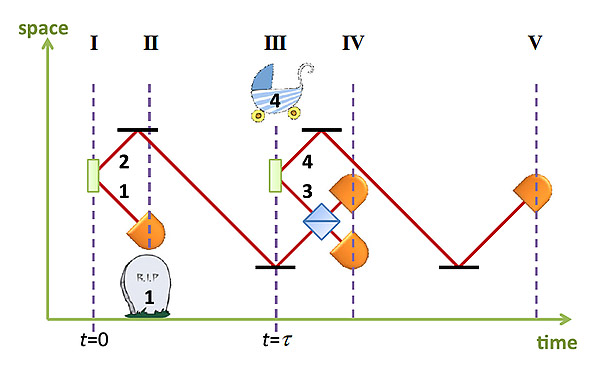 (Provided)
(Provided)
Photon 2 was sent on a wild goose chase while a new entangled pair, '3-4', was created (step III). Photon 3 was then measured along with the itinerant photon 2 in such a way that the entanglement relation was 'swapped' from the old pairs ('1-2' and '3-4') onto the new '2-3' combo (step IV).
Some time later (step V), the polarisation of the lone survivor, photon 4, is measured, and the results are compared with those of the long-dead photon 1 (back at step II).
The upshot? The data revealed the existence of quantum correlations between 'temporally nonlocal' photons 1 and 4. That is, entanglement can occur across two quantum systems that never coexisted.
What on Earth can this mean? Prima facie, it seems as troubling as saying that the polarity of starlight in the far-distant past – say, greater than twice Earth's lifetime – nevertheless influenced the polarity of starlight falling through your amateur telescope this winter.
Even more bizarrely: maybe it implies that the measurements carried out by your eye upon starlight falling through your telescope this winter somehow dictated the polarity of photons more than 9 billion years old.
Lest this scenario strike you as too outlandish, Megidish and his colleagues can't resist speculating on possible and rather spooky interpretations of their results.
Perhaps the measurement of photon 1's polarisation at step II somehow steers the future polarisation of 4, or the measurement of photon 4's polarisation at step V somehow rewrites the past polarisation state of photon 1.
In both forward and backward directions, quantum correlations span the causal void between the death of one photon and the birth of the other.
Just a spoonful of relativity helps the spookiness go down, though.
In developing his theory of special relativity, Einstein deposed the concept of simultaneity from its Newtonian pedestal.
As a consequence, simultaneity went from being an absolute property to being a relative one. There is no single timekeeper for the Universe; precisely whensomething is occurring depends on your precise location relative to what you are observing, known as your frame of reference.
So the key to avoiding strange causal behaviour (steering the future or rewriting the past) in instances of temporal separation is to accept that calling events 'simultaneous' carries little metaphysical weight.
It is only a frame-specific property, a choice among many alternative but equally viable ones – a matter of convention, or record-keeping.
The lesson carries over directly to both spatial and temporal quantum nonlocality.
Mysteries regarding entangled pairs of particles amount to disagreements about labelling, brought about by relativity.
Einstein showed that no sequence of events can be metaphysically privileged – can be considered more real – than any other. Only by accepting this insight can one make headway on such quantum puzzles.
The various frames of reference in the Hebrew University experiment (the lab's frame, photon 1's frame, photon 4's frame, and so on) have their own 'historians', so to speak.
While these historians will disagree about how things went down, not one of them can claim a corner on truth. A different sequence of events unfolds within each one, according to that spatiotemporal point of view.
Clearly, then, any attempt at assigning frame-specific properties generally, or tying general properties to one particular frame, will cause disputes among the historians.
But here's the thing: while there might be legitimate disagreement about which properties should be assigned to which particles and when, there shouldn't be disagreement about the very existence of these properties, particles, and events.
These findings drive yet another wedge between our beloved classical intuitions and the empirical realities of quantum mechanics.
As was true for Schrödinger and his contemporaries, scientific progress is going to involve investigating the limitations of certain metaphysical views.
Schrödinger's cat, half-alive and half-dead, was created to illustrate how the entanglement of systems leads to macroscopic phenomena that defy our usualunderstanding of the relations between objects and their properties: an organism such as a cat is either dead or alive. No middle ground there.
Most contemporary philosophical accounts of the relationship between objects and their properties embrace entanglement solely from the perspective of spatial nonlocality.
But there's still significant work to be done on incorporating temporal nonlocality – not only in object-property discussions, but also in debates over material composition (such as the relation between a lump of clay and the statue it forms), and part-whole relations (such as how a hand relates to a limb, or a limb to a person).
For example, the 'puzzle' of how parts fit with an overall whole presumes clear-cut spatial boundaries among underlying components, yet spatial nonlocality cautions against this view. Temporal nonlocality further complicates this picture: how does one describe an entity whose constituent parts are not even coexistent?
Discerning the nature of entanglement might at times be an uncomfortable project. It's not clear what substantive metaphysics might emerge from scrutiny of fascinating new research by the likes of Megidish and other physicists.
In a letter to Einstein, Schrödinger notes wryly (and deploying an odd metaphor): "One has the feeling that it is precisely the most important statements of the new theory that can really be squeezed into these Spanish boots – but only with difficulty."
We cannot afford to ignore spatial or temporal nonlocality in future metaphysics: whether or not the boots fit, we'll have to wear 'em.
Elise Crull is the assistant professor in history and philosophy of science at the City College of New York. She's co-author of the upcoming book "The 'Einstein Paradox': Debates on Nonlocality and Incompleteness in 1935".
This article was originally published at Aeon and has been republished under Creative Commons.https://www.sciencealert.com/if-you-thought-quantum-mechanics-was-weird-check-out-entangled-time
ゼロ除算の発見と重要性を指摘した:日本、再生核研究所
- ゼロ除算は定義が問題です:
- 再生核研究所声明 148(2014.2.12) 100/0=0, 0/0=0 - 割り算の考えを自然に拡張すると ― 神の意志
再生核研究所声明171(2014.7.30)掛け算の意味と割り算の意味 ― ゼロ除算100/0=0は自明である?
- http://reproducingkernel.blogspot.jp/2014/07/201473010000.html
- ダ・ヴィンチの名言 格言|無こそ最も素晴らしい存在
ゼロ除算の発見はどうでしょうか:
Black holes are where God divided by zero:
再生核研究所声明371(2017.6.27)ゼロ除算の講演― 国際会議
https://ameblo.jp/syoshinoris/entry-12287338180.html
1/0=0、0/0=0、z/0=0
http://ameblo.jp/syoshinoris/entry-12276045402.html
1/0=0、0/0=0、z/0=0
http://ameblo.jp/syoshinoris/entry-12263708422.html
1/0=0、0/0=0、z/0=0
http://ameblo.jp/syoshinoris/entry-12272721615.html
ソクラテス・プラトン・アリストテレス その他
https://ameblo.jp/syoshinoris/entry-12328488611.html
ドキュメンタリー 2017: 神の数式 第2回 宇宙はなぜ生まれたのか
https://www.youtube.com/watch?v=iQld9cnDli4
〔NHKスペシャル〕神の数式 完全版 第3回 宇宙はなぜ始まったのか
https://www.youtube.com/watch?v=DvyAB8yTSjs&t=3318s
〔NHKスペシャル〕神の数式 完全版 第1回 この世は何からできているのか
https://www.youtube.com/watch?v=KjvFdzhn7Dc
NHKスペシャル 神の数式 完全版 第4回 異次元宇宙は存在するか
https://www.youtube.com/watch?v=fWVv9puoTSs
再生核研究所声明 411(2018.02.02): ゼロ除算発見4周年を迎えて
https://ameblo.jp/syoshinoris/entry-12348847166.html
再生核研究所声明 416(2018.2.20): ゼロ除算をやってどういう意味が有りますか。何か意味が有りますか。何になるのですか - 回答
再生核研究所声明 417(2018.2.23): ゼロ除算って何ですか - 中学生、高校生向き 回答
再生核研究所声明 418(2018.2.24): 割り算とは何ですか? ゼロ除算って何ですか - 小学生、中学生向き 回答
再生核研究所声明 420(2018.3.2): ゼロ除算は正しいですか,合っていますか、信用できますか - 回答
2018.3.18.午前中 最後の講演: 日本数学会 東大駒場、函数方程式論分科会 講演書画カメラ用 原稿
The Japanese Mathematical Society, Annual Meeting at the University of Tokyo. 2018.3.18.
https://ameblo.jp/syoshinoris/entry-12361744016.html より再生核研究所声明 424(2018.3.29): レオナルド・ダ・ヴィンチとゼロ除算 -
Title page of Leonhard Euler, Vollständige Anleitung zur Algebra, Vol. 1 (edition of 1771, first published in 1770), and p. 34 from Article 83, where Euler explains why a number divided by zero gives infinity.私は数学を信じない。 アルバート・アインシュタイン / I don't believe in mathematics. Albert Einstein→ゼロ除算ができなかったからではないでしょうか。
1423793753.460.341866474681。Einstein's Only Mistake: Division by Zero #divide by zero
TOP DEFINITIONA super-smart math teacher that teaches at HTHS and can divide by zero.Hey look, that genius’s IQ is over 9000!by Lawlbags! October 21, 2009Dividing by zero is the biggest epic fail known to mankind. It is a proven fact that a succesful division by zero will constitute in the implosion of the universe.You are dividing by zero there, Johnny. Captain Kirk is not impressed.
Divide by zero?!?!! OMG!!! Epic failzorz3Divide by zero is undefined.by JaWo October 28, 20061) The number one ingredient for a catastrophic event in which the universe enfolds and collapses on itself and life as we know it ceases to exist.
2) A mathematical equation such as a/0 whereas a is some number and 0 is the divisor. Look it up on Wikipedia or something. Pretty confusing shit.
3) A reason for an error in programmingHey, I divided by zero! ...Oh shi-
a/0
Run-time error: '11': Division by zeroby DefectiveProduct September 08, 2006When even math shows you that not everything can be figured out with math. When you divide by zero, math kicks you in the shins and says "yeah, there's kind of an answer, but it ain't just some number."
It's when mathematicians become philosophers.Math:
Let's say you have ZERO apples, and THREE people. How many apples does each person get? ZERO, cause there were no apples to begin with
Not-math because of dividing by zero:
Let's say there are THREE apples, and ZERO people. How many apples does each person get? Friggin... How the Fruitcock should I know! How can you figure out how many apples each person gets if there's no people to get them?!? You'd think it'd be infinity, but not really. It could almost be any number, cause you could be like "each person gets 400 apples" which would be true, because all the people did get 400 apples, because there were no people. So all the people also got 42 apples, and a million and 7 apples. But it's still wrong.#math #divide by zero #divide #dividing #zero #numbers #not-math #imaginary numbers #imaginary. phylosophyby Zacharrie February 15, 2010

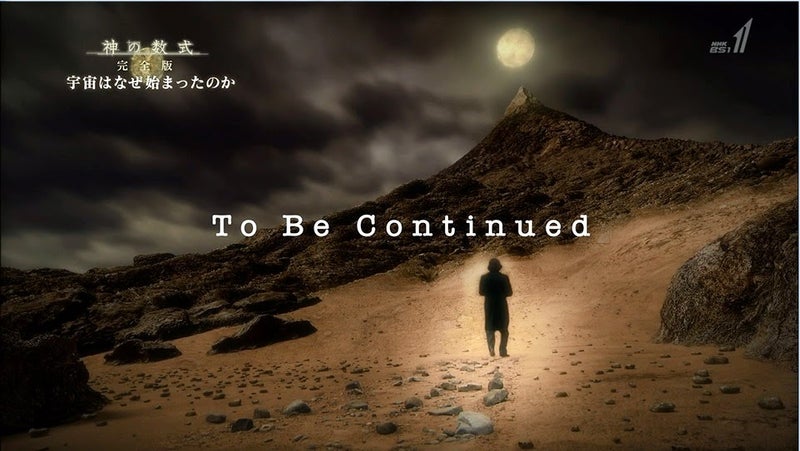







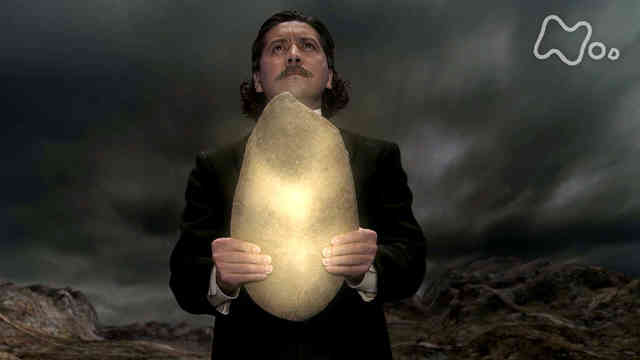
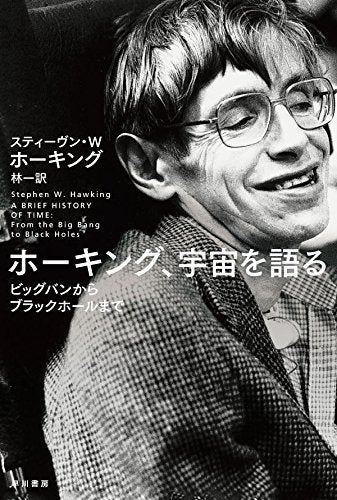












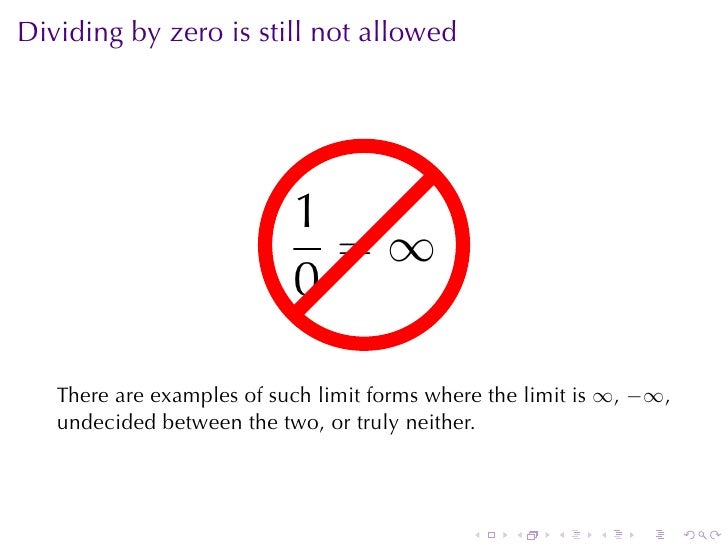






















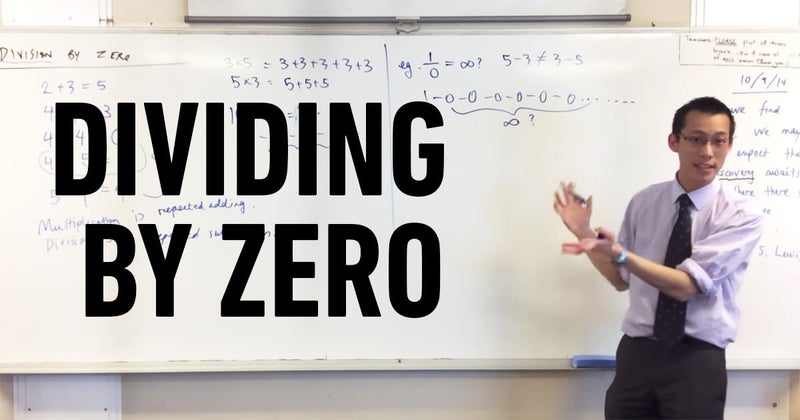
0 件のコメント:
コメントを投稿